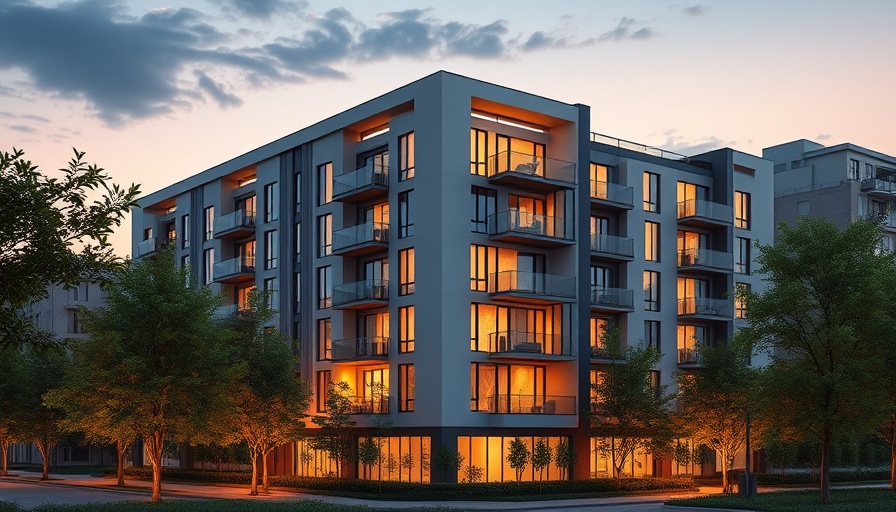
Embracing Sustainable Living: Why Now is the Time
As the urgency of climate change grows, the modern homeowner is increasingly recognizing the vital importance of eco-friendly upgrades to their residences. From Millennials to Gen Z, nearly 70% are willing to invest more upfront for homes that embody sustainability through energy efficiency, water conservation, and innovative materials. These features not only contribute to environmental health but also boost financial savings and asset value, with energy-efficient homes reportedly fetching 5% more at resale compared to their less sustainable counterparts.
Simple Upgrades That Make a Big Impact
One of the easiest points of entry into green living is through the lighting in our homes. Switching to LED lights is a straightforward upgrade that can reduce energy consumption by a staggering 90%. Not only do LED bulbs last longer—up to 25 times compared to traditional options—they also lead to substantial cost savings over time. Additionally, by integrating smart home technology, homeowners can enhance this efficiency even further.
Sustainable landscaping is another impactful step that requires minimal investment. Opting for native and drought-resistant plants not only conserves water but also supports local ecosystems. By utilizing fire-resistant plants, homeowners in wildfire-prone areas can significantly reduce their risk of property loss, aligning ecological responsibility with personal safety.
Investing in Energy-Efficient Appliances
Energy-efficient appliances, such as those certified by ENERGY STAR, pave the way toward a more sustainable home environment. These appliances are designed to use significantly less energy without compromising performance, making them an excellent choice when it comes time to replace outdated fixtures. Alongside appliance upgrades, considering water-saving installations like low-flow toilets can further cut costs and reduce resource consumption, making for a greener household overall.
Solar Energy: A Smart Financial Decision
For those contemplating larger investments, solar energy presents an attractive option, providing long-term financial benefits and significant energy savings. Homeowners can anticipate thousands in savings on electricity bills over the years. Additionally, homes equipped with solar systems often command higher sale prices—the savings accrued post-installation relative to property value can amount to as much as $20 for each dollar saved.
Taking Advantage of Incentives
The recently passed Inflation Reduction Act offers further motivation for homeowners considering eco-friendly upgrades. With incentives and tax credits aimed at reducing energy costs and encouraging clean energy installations, now is an ideal time to embrace these essential home improvements. Whether you are thinking about energy-efficient appliances, solar systems, or even green roofing materials, there has never been a better opportunity to make your home a model of sustainability.
Ultimately, investing in a more eco-friendly home is not merely a trend—it is a powerful statement towards achieving a sustainable future. Each small effort contributes to the larger conversation about preserving our planet for future generations.
 Add Row
Add Row  Add
Add 




Write A Comment